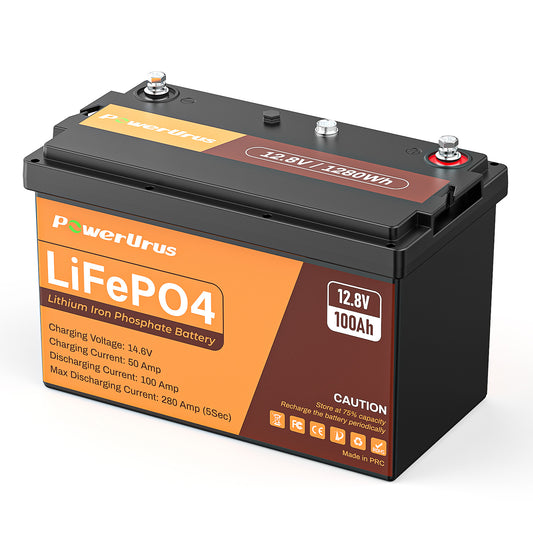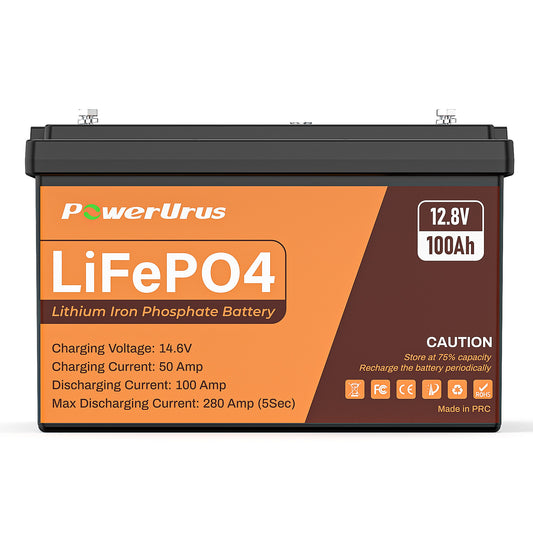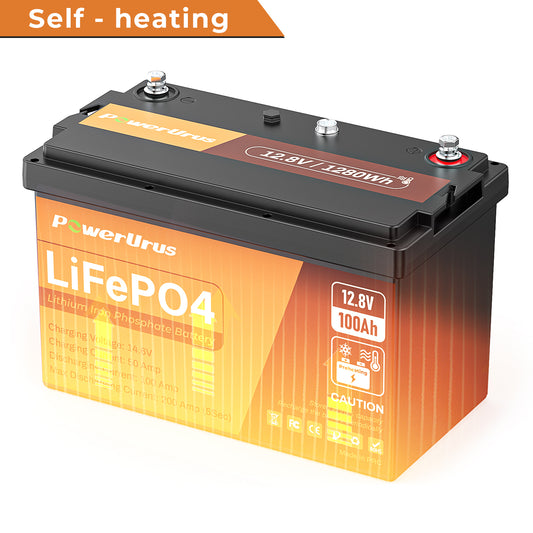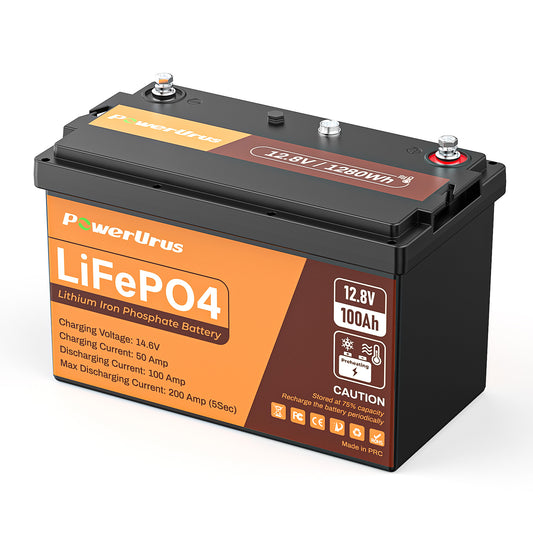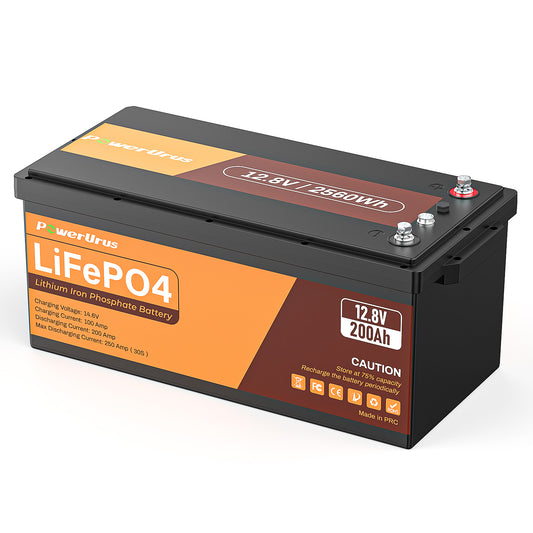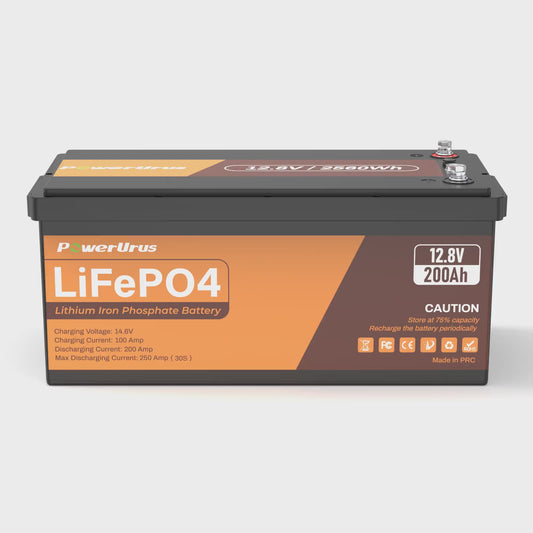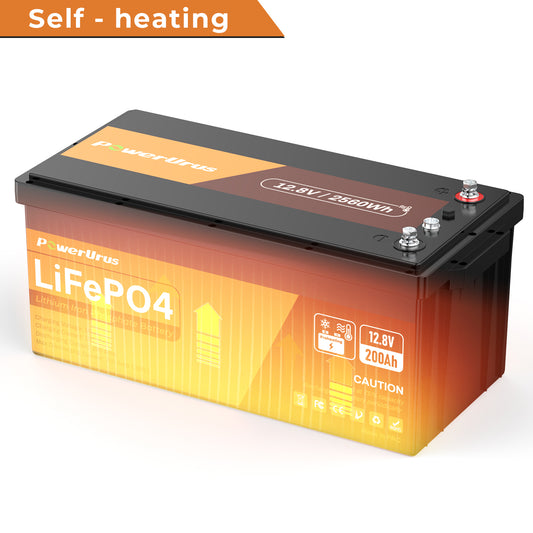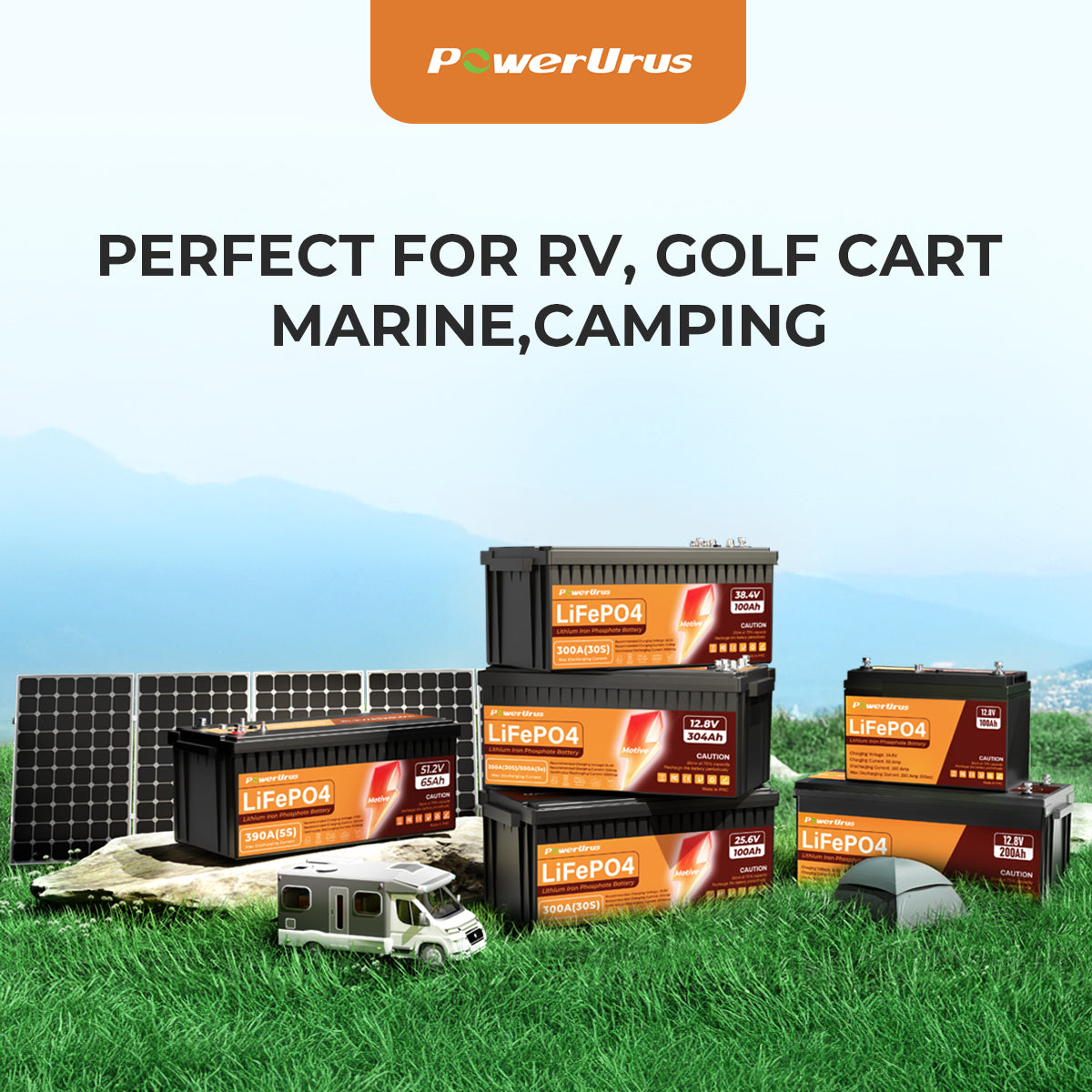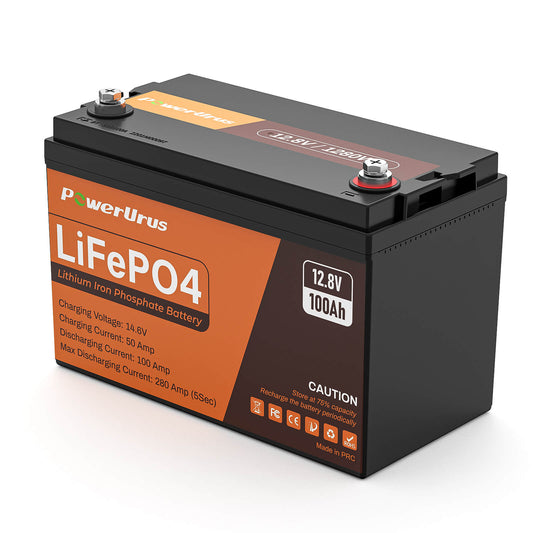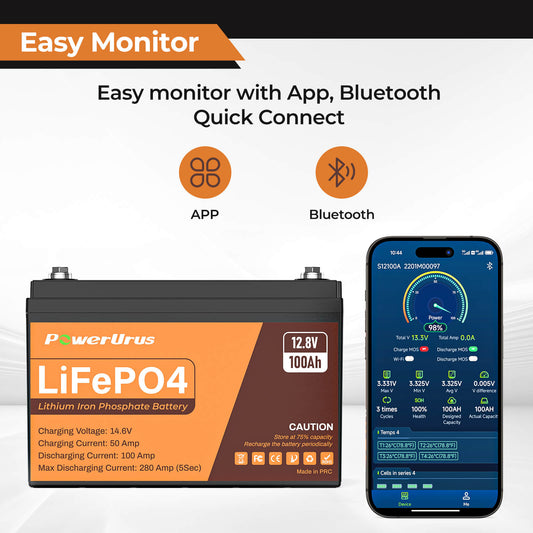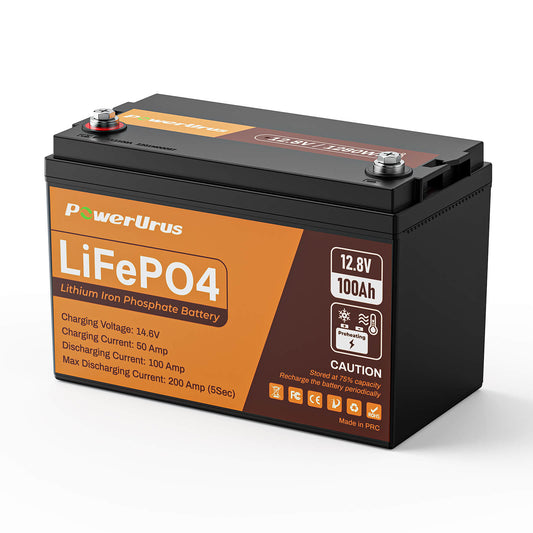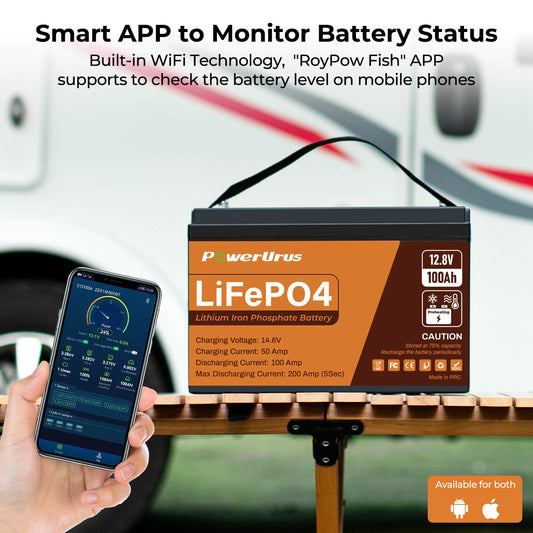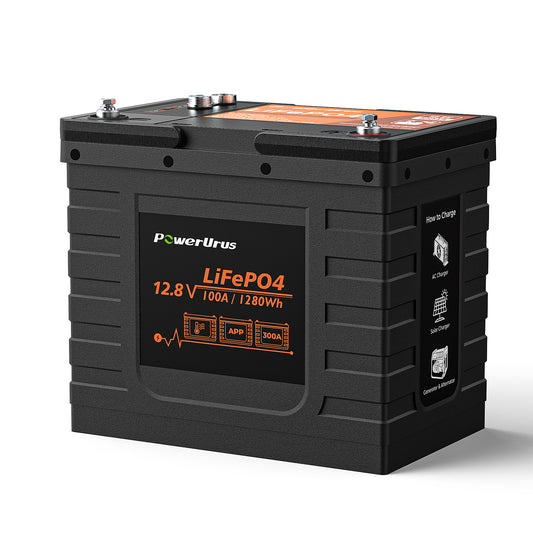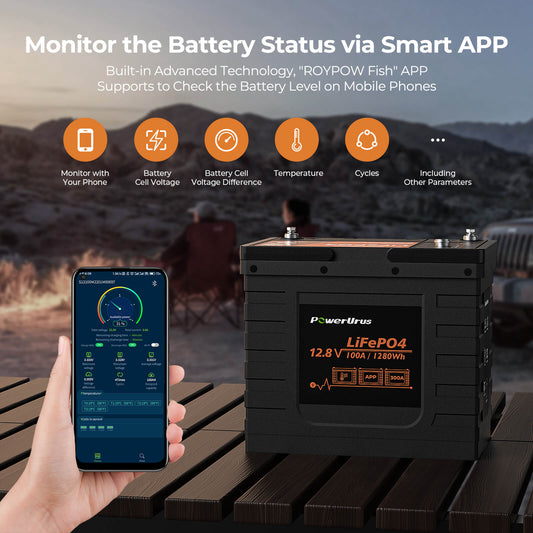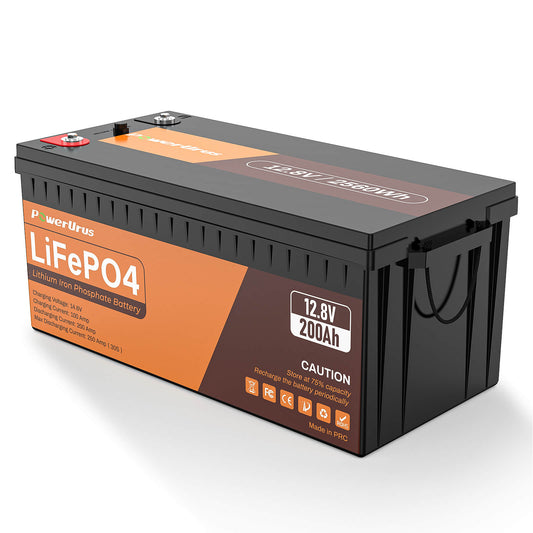Extending Your Camping Season: The Role of LiFePO4 Batteries in Cold Weather
As temperatures drop, many campers pack away their gear—but with the right power strategy, winter camping can be just as exhilarating as summer adventures. Lithium iron phosphate (LiFePO4) batteries are key to unlocking year-round outdoor exploration, even in freezing conditions. While these batteries face challenges in extreme cold, advancements in technology and smart usage practices make them indispensable for cold-weather camping. Here’s how LiFePO4 batteries can keep your gear running when the mercury plummets.
1. Cold-Weather Challenges and Advancements
LiFePO4 batteries are renowned for their safety and longevity, but their performance can dip in sub-zero temperatures. For example, at -20°C, traditional LiFePO4 batteries may retain only 55% of their capacity due to slowed lithium-ion movement in the electrolyte and electrodes. However, modern innovations address these limitations:
Material Improvements: Carbon coatings and nanostructured electrodes enhance conductivity, reducing internal resistance and improving low-temperature efficiency.
Cold-Resistant Electrolytes: Specialized additives prevent electrolyte freezing, ensuring stable ion flow even in frigid conditions.
2. Built-In Solutions for Reliability
Today’s LiFePO4 batteries integrate features tailored for cold climates:
Heating Systems: Some models include built-in heating pads that activate below 0°C, warming the battery to optimal operating temperatures (5–20°C) for efficient charging and discharging.
Smart Battery Management Systems (BMS): Bluetooth-enabled BMS monitors temperature, voltage, and charge levels, automatically adjusting performance to prevent over-discharge or damage.
3. Pro Tips for Winter Camping
Maximize your battery’s cold-weather performance with these strategies:
Pre-Warm Batteries: Store batteries in insulated compartments or use thermal sleeves before use to minimize capacity loss.
Slow Charging in Cold: Avoid fast charging below freezing to prevent lithium plating, which degrades cells. Opt for slow, steady charging.
Solar Synergy: Pair LiFePO4 with portable solar panels. Even in winter sunlight, a 200W panel can recharge a 100Ah battery in 5–6 hours, sustaining essentials like fridges and heaters.
4. Real-World Performance
A 200Ah LiFePO4 battery with cold-weather upgrades can power a 60W camping fridge for 24+ hours at -10°C, while supporting LED lights and communication devices. With heating systems and smart management, these batteries maintain 80–90% efficiency in mild winter conditions, making them far superior to lead-acid alternatives.
Embrace Four-Season Camping
LiFePO4 batteries, bolstered by cutting-edge materials and intelligent design, transform cold-weather camping from a challenge into an opportunity. By integrating thermal management and adhering to best practices, you can explore snowy landscapes without sacrificing comfort or convenience.

